What the last days of WWII looked like
World War II’s final act was a monumental turning point in global history. As the conflict drew to a close in 1945, a mixture of relief and anticipation filled the air. Years of strife had taken their toll on nations worldwide, leaving citizens eager for peace and normalcy.
Yet, as the curtain fell on this devastating war, it was clear that the world stood on the brink of significant change. The aftermath would shape the future in ways both expected and surprising.
The Final Push: Allied Forces on the Move
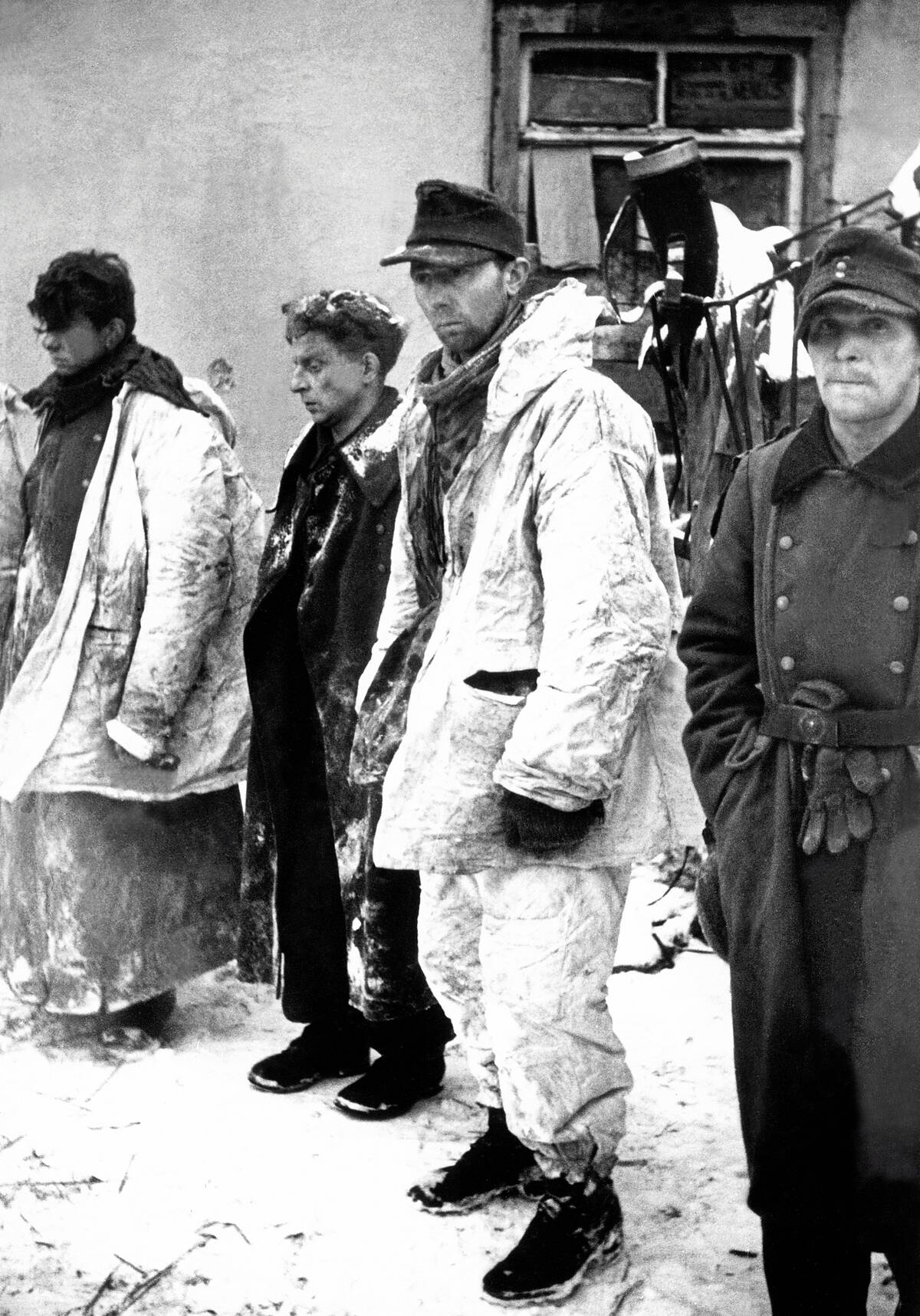
The Allied forces were relentless in their pursuit of victory as they advanced across Europe. In early 1945, the Allies launched a series of offensives that would ultimately lead to the downfall of Nazi Germany.
The Battle of the Bulge, fought in the winter of 1944-1945, was the last major German offensive. Despite fierce resistance, the Allies broke through, propelling them toward the heart of Germany. The momentum was unstoppable, with each push bringing them closer to Berlin.
The Liberation of Concentration Camps
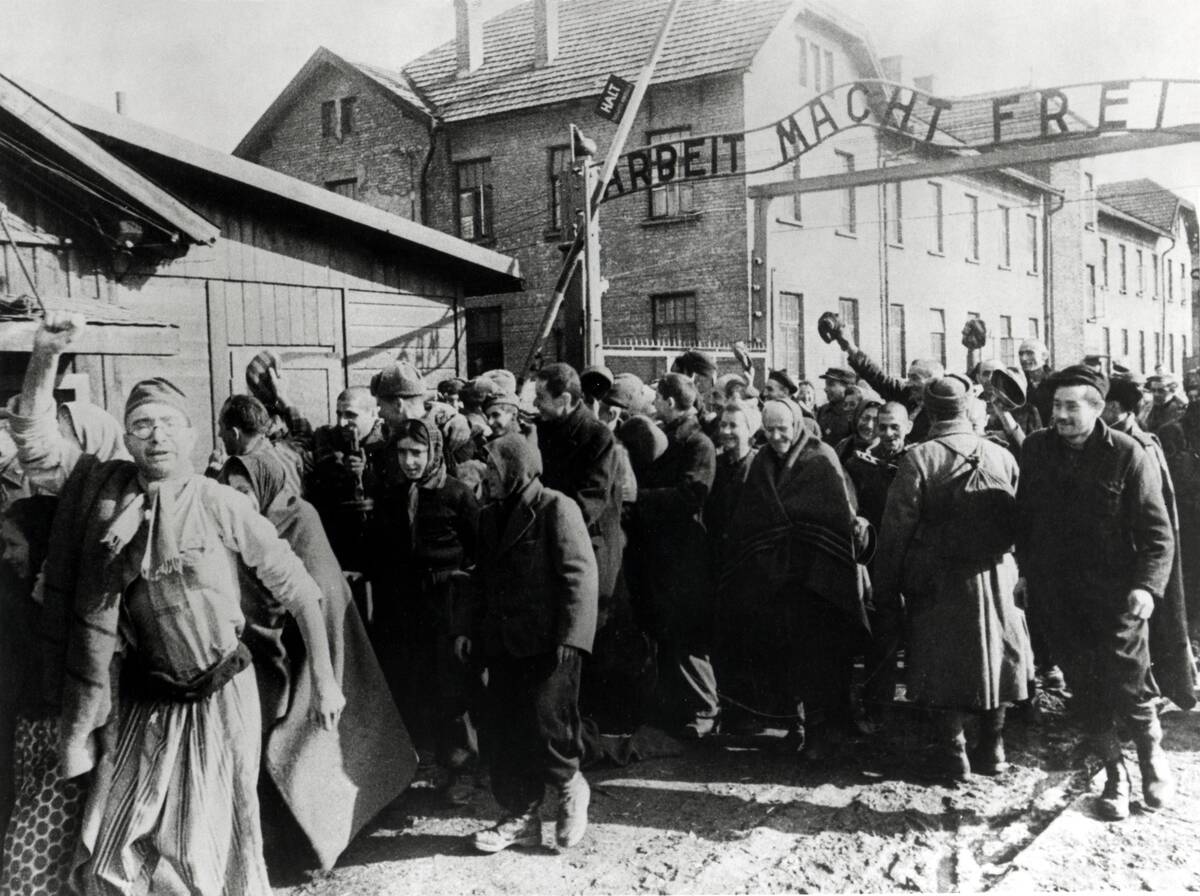
As Allied forces advanced, they uncovered the horrific realities of Nazi concentration camps. The liberation of camps like Auschwitz and Bergen-Belsen revealed the extent of the Holocaust’s atrocities.
Soldiers were shocked by the inhumane conditions and the emaciated survivors they encountered. These liberations were pivotal in bringing the Holocaust’s horrors to global attention, prompting a commitment to ensuring such tragedies would never be repeated. The world was left to grapple with the scale of human suffering revealed.
The Fall of Berlin: A City in Ruins
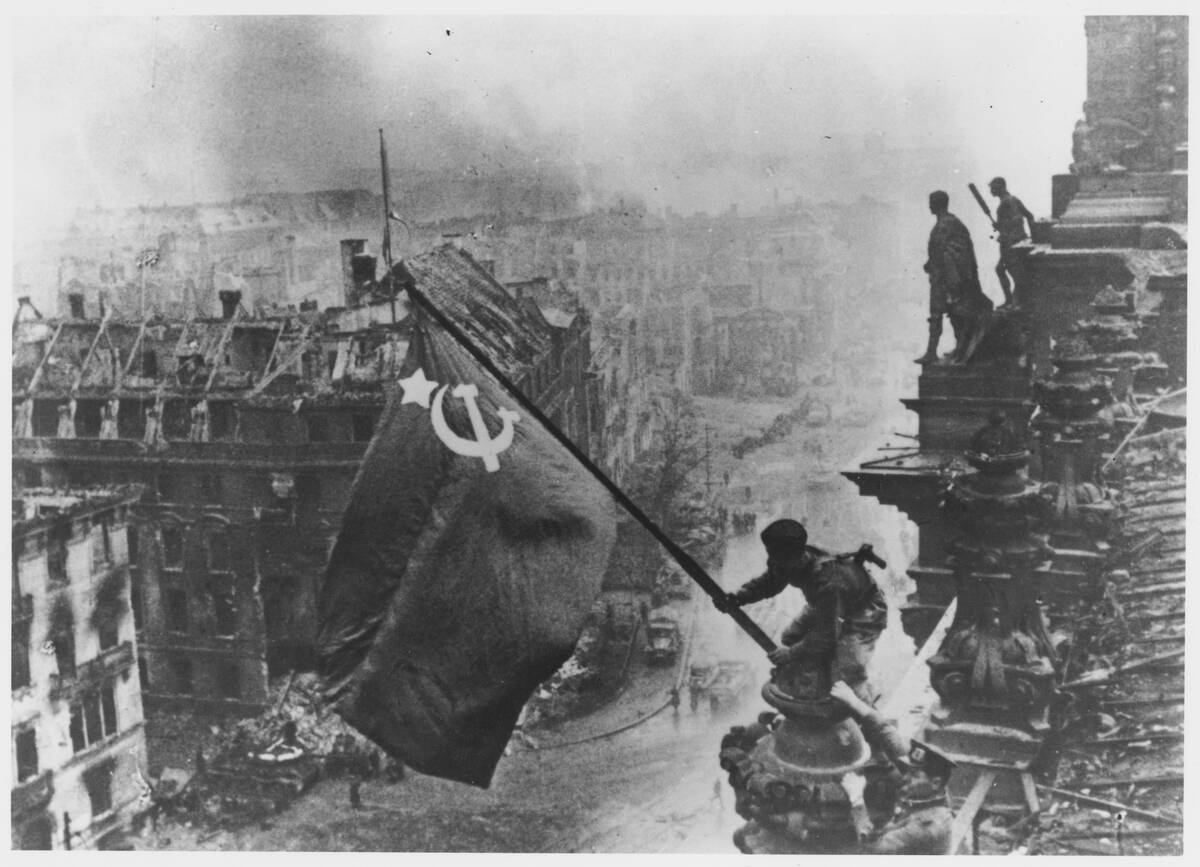
Berlin, the heart of Nazi Germany, fell in May 1945 after intense street fighting and bombardment. Soviet forces entered the city from the east, while American and British forces approached from the west, effectively sealing its fate.
The battle left Berlin in ruins, with much of its infrastructure destroyed. The fall of Berlin was symbolic of the Nazi regime’s collapse, signaling the end of Hitler’s tyranny.
The Surrender of Nazi Germany
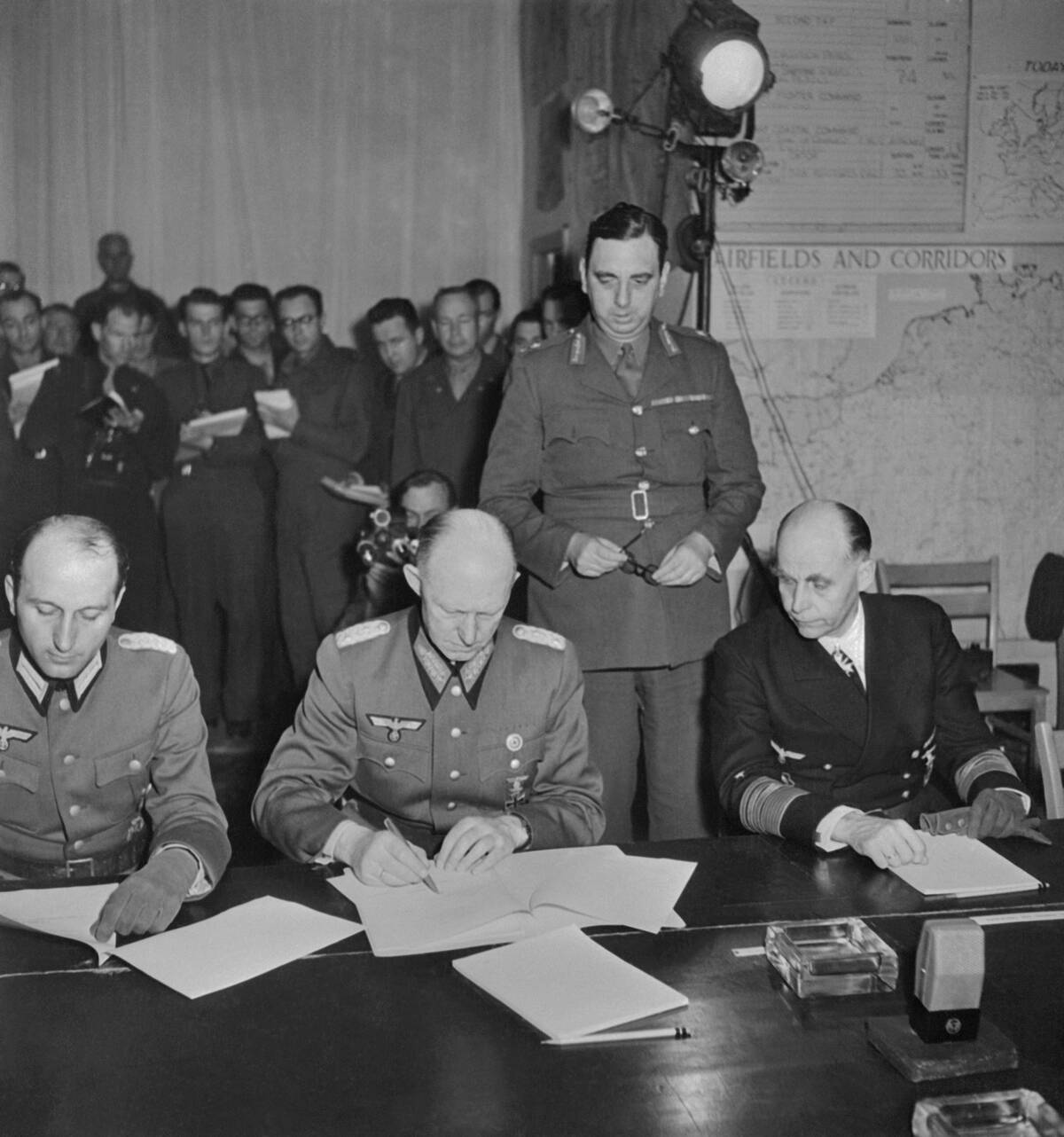
On May 8, 1945, Nazi Germany officially surrendered to the Allies. The unconditional surrender was signed in Reims, France, and ratified in Berlin, marking the end of hostilities in Europe.
This momentous event was known as Victory in Europe Day, or V-E Day. Across the continent, celebrations erupted as people poured into the streets to rejoice. The surrender brought an end to six years of warfare in Europe, but it also marked the beginning of the arduous task of rebuilding.
Celebrations and Parades: Victory in Europe Day
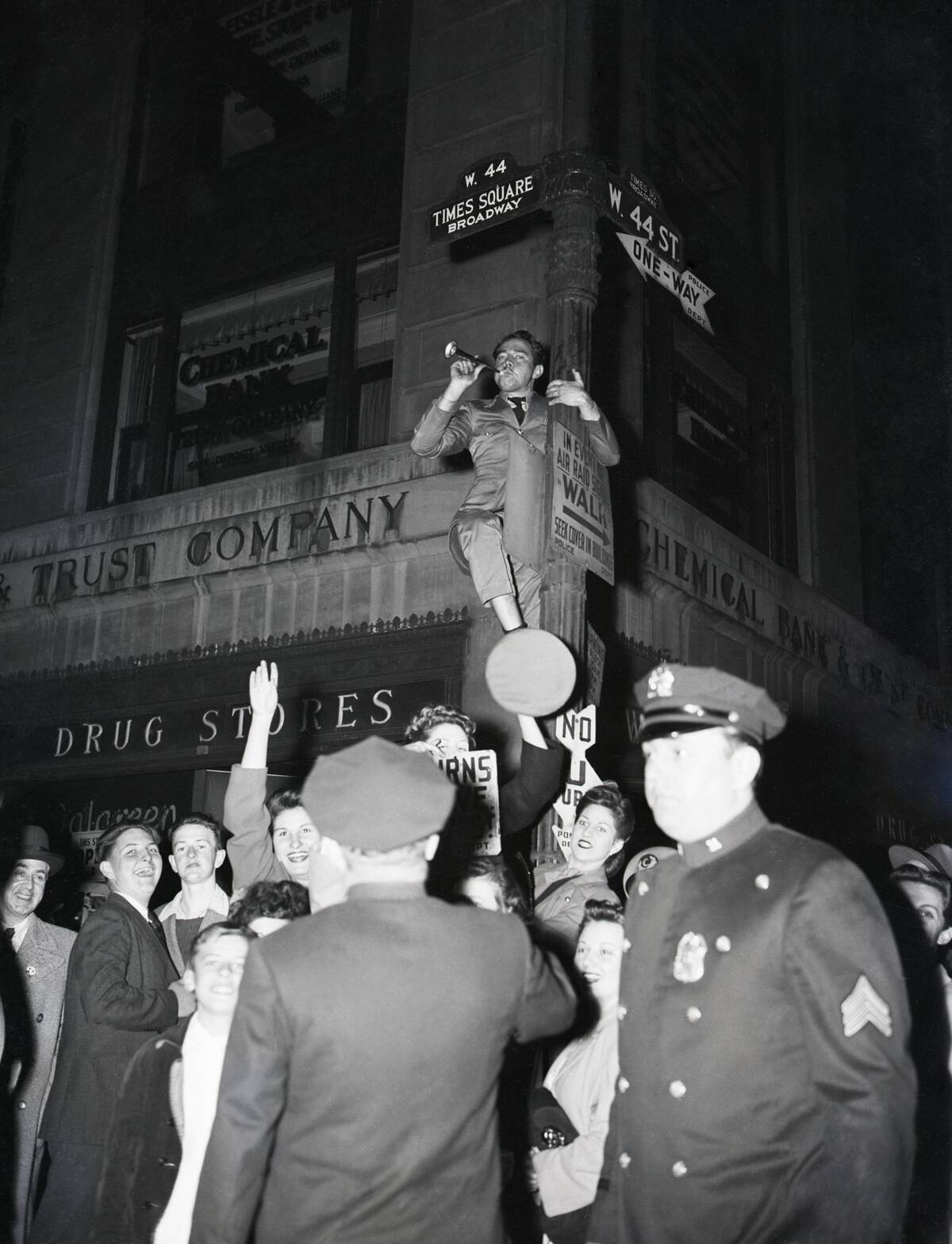
V-E Day was celebrated with exuberance across the Allied nations. In London, cheering crowds gathered outside Buckingham Palace, where King George VI and Prime Minister Winston Churchill addressed the nation.
In the United States, people danced in the streets, with impromptu parades and parties springing up in cities nationwide. The joy was palpable, but it was tempered by the knowledge that the war in the Pacific still raged on. Nonetheless, it was a day of triumph and reflection on the cost of victory.
Life on the Home Front: Awaiting Soldiers’ Return
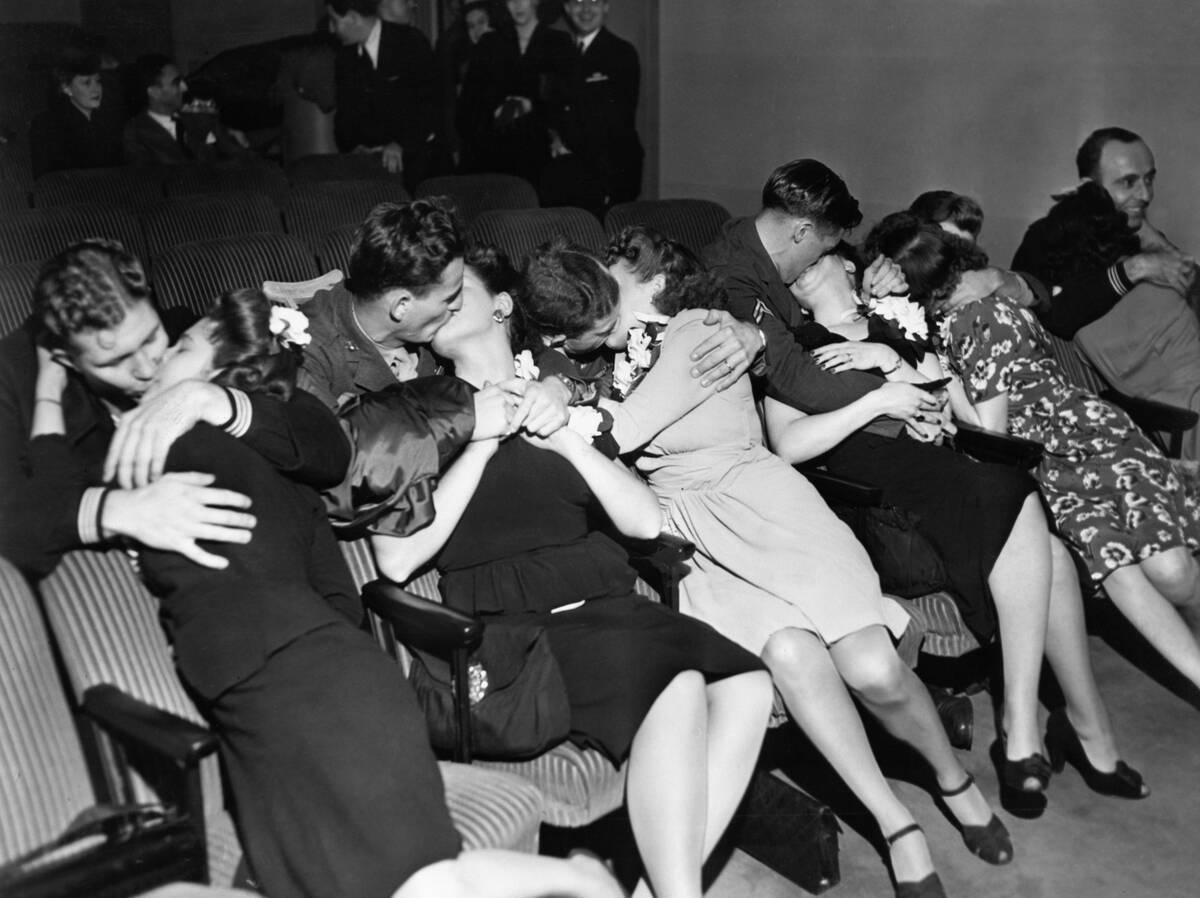
Back home, families eagerly awaited the return of their loved ones. The end of the war in Europe meant that soldiers would soon be coming home. For years, families had endured rationing, air raids, and the constant fear of bad news.
The prospect of reunions brought joy and apprehension as people adjusted to post-war life. Communities prepared to welcome their heroes, with the hope of rebuilding and moving forward stronger than before. The war had changed everyone, and reintegration would take time.
The Pacific Theater: Battles Rage On
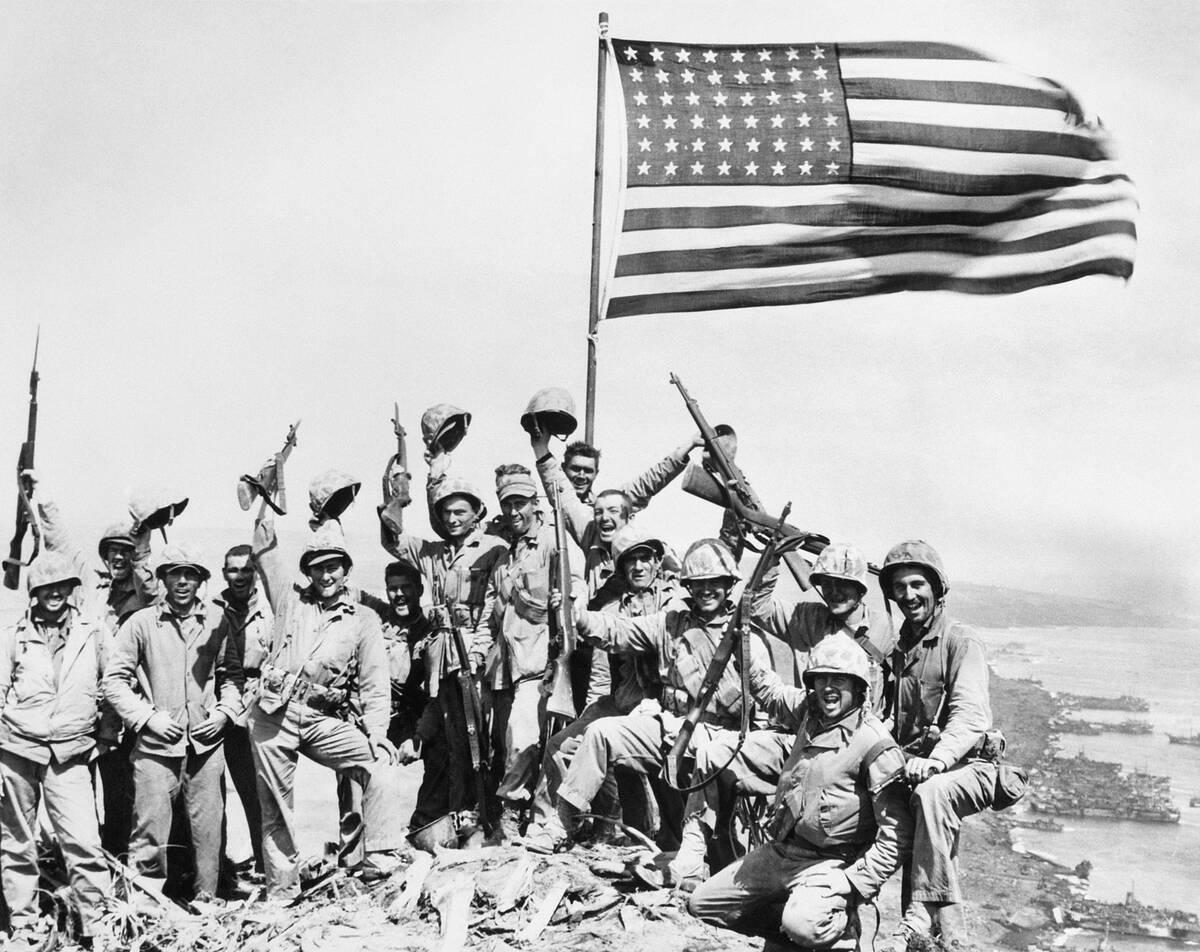
While Europe celebrated, the Pacific Theater saw continued conflict. The Allies continued their island-hopping campaign, pushing closer to Japan. Battles such as Iwo Jima and Okinawa were fierce and costly, with high casualties on both sides.
The Japanese military put up determined resistance, and the question of how to bring about their surrender loomed large. The Pacific Theater was a different kind of war, with each battle fought with the relentlessness and determination that characterized the conflict.
The Dropping of the Atomic Bombs
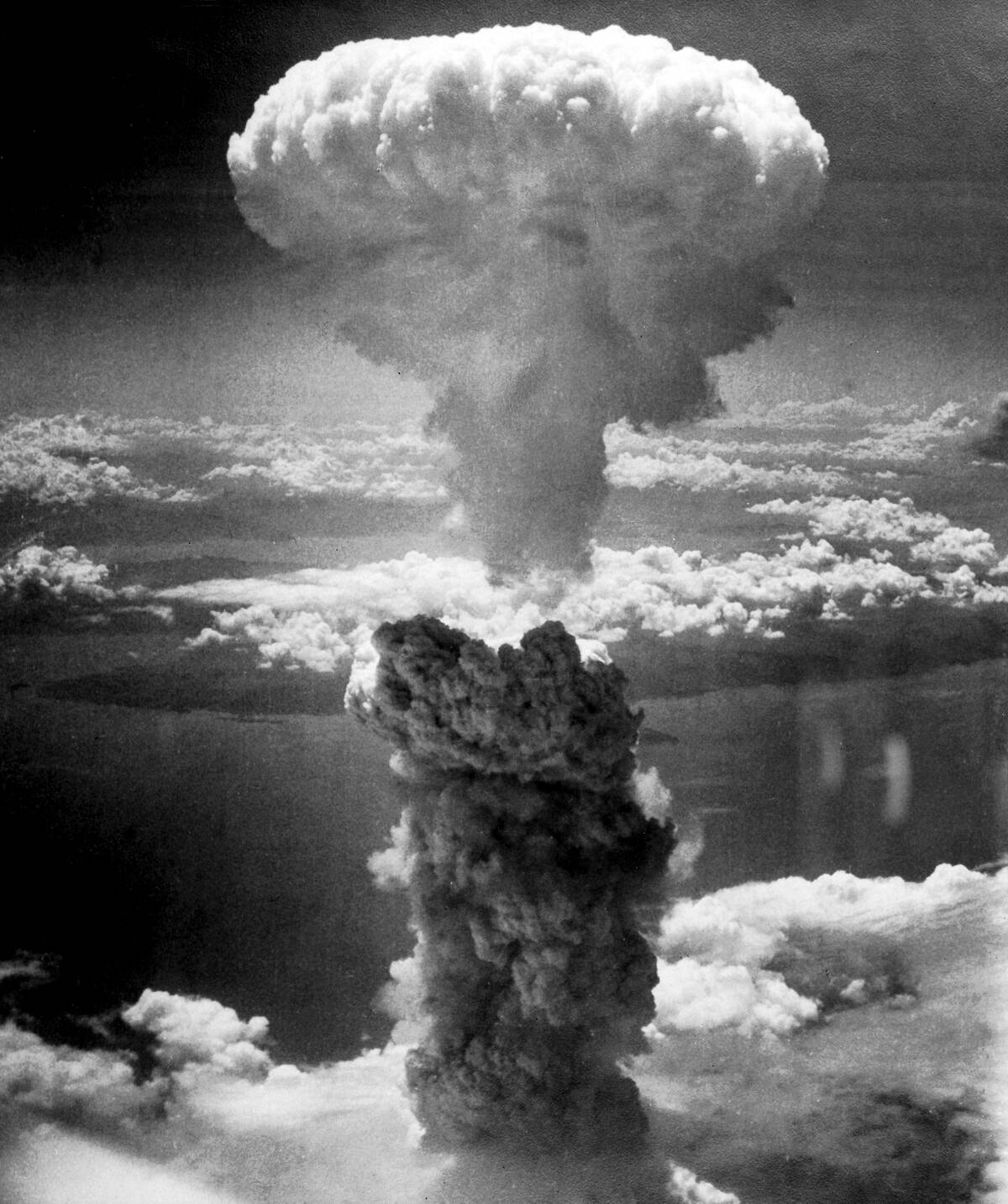
In August 1945, the United States dropped atomic bombs on the Japanese cities of Hiroshima and Nagasaki. These bombings ushered in a new era of warfare and were pivotal in Japan’s decision to surrender.
The devastation was unprecedented, with Hiroshima suffering as many as 156,000 casualties and Nagasaki as many as 80,000. The bombings sparked intense debate over the ethics and necessity of using nuclear weapons. However, they effectively brought an abrupt end to the war in the Pacific, leaving the world to grapple with the implications of nuclear power.
Japan’s Surrender: The End of Hostilities
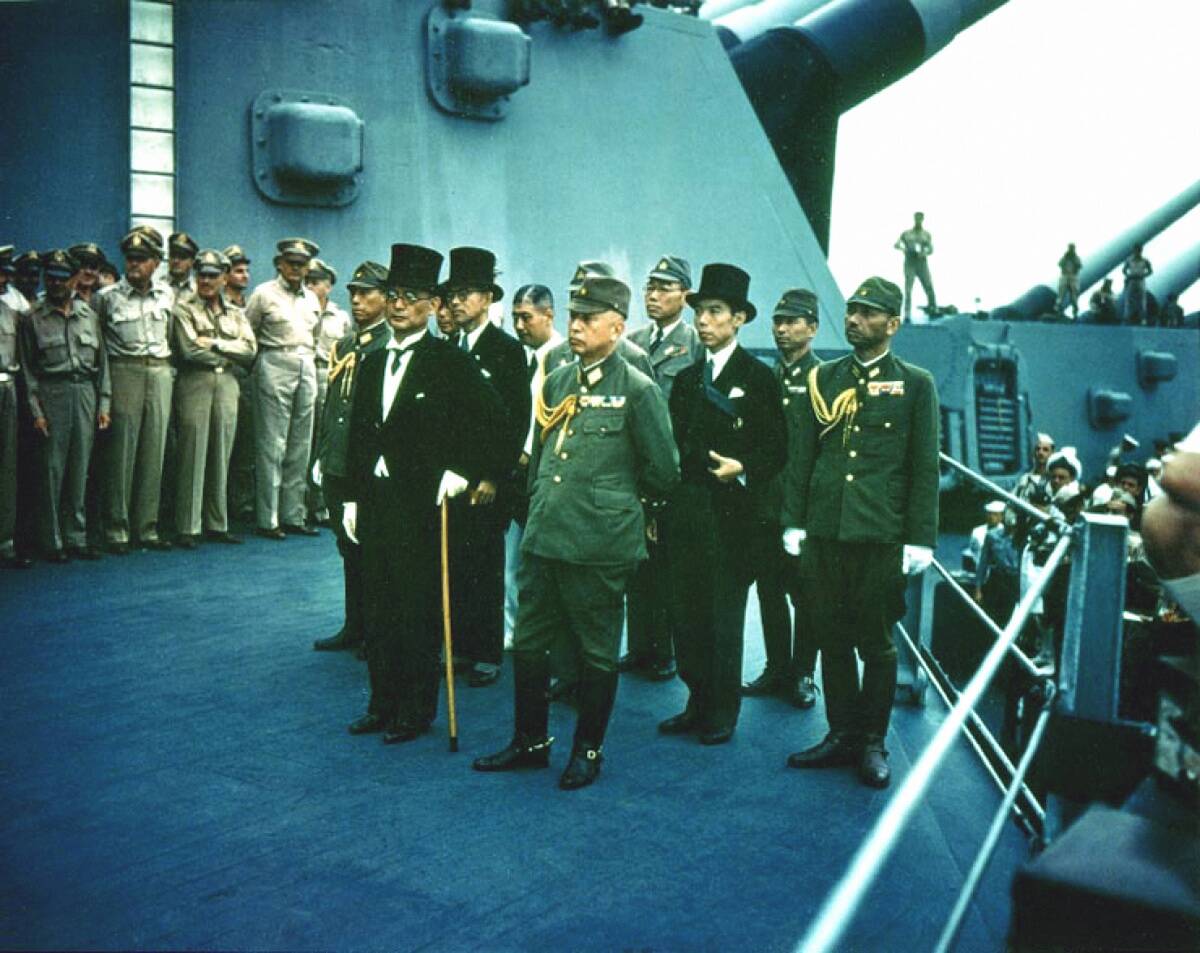
On September 2, 1945, Japan formally surrendered aboard the USS Missouri in Tokyo Bay. This ceremony marked the official end of World War II. The surrender ended years of brutal conflict in the Pacific and was a moment of relief for millions.
For Japan, it was the beginning of a significant transformation, as the country was set to undergo major political, social, and economic changes. The end of hostilities brought hope for a more peaceful future, even as the world faced the challenges of post-war recovery.
The Aftermath: Rebuilding a War-Torn World
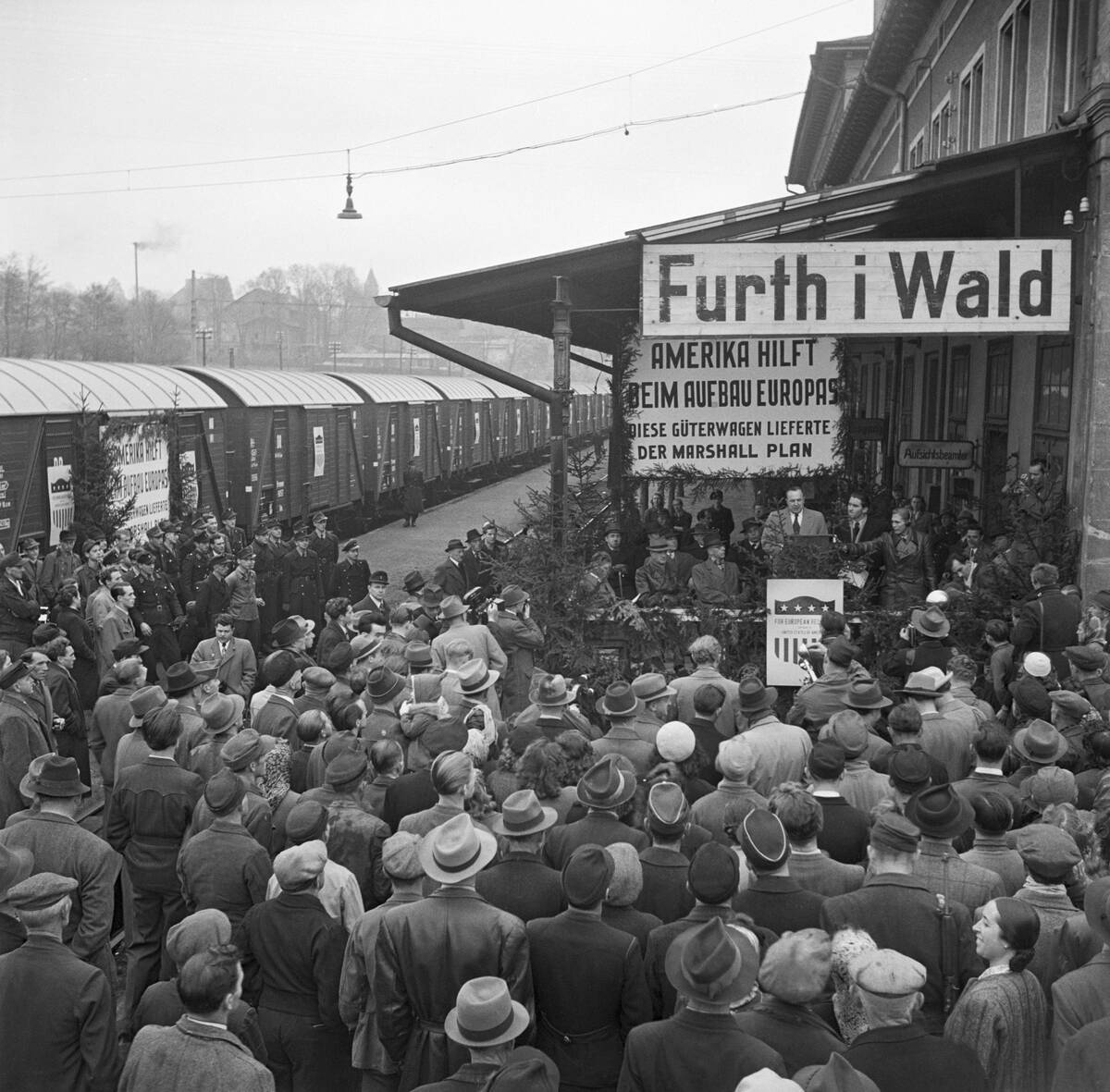
With the war over, nations faced the colossal task of rebuilding. Europe was in ruins, with cities like Warsaw and Stalingrad needing extensive reconstruction. The Marshall Plan, launched by the United States, provided vital aid to help rebuild European economies.
The aftermath of the war also led to significant political changes, with new borders drawn and governments reformed. Rebuilding required not just physical reconstruction but also healing the deep scars left by years of conflict. The world was determined to forge a path to lasting peace and prosperity.
War Crimes and the Nuremberg Trials
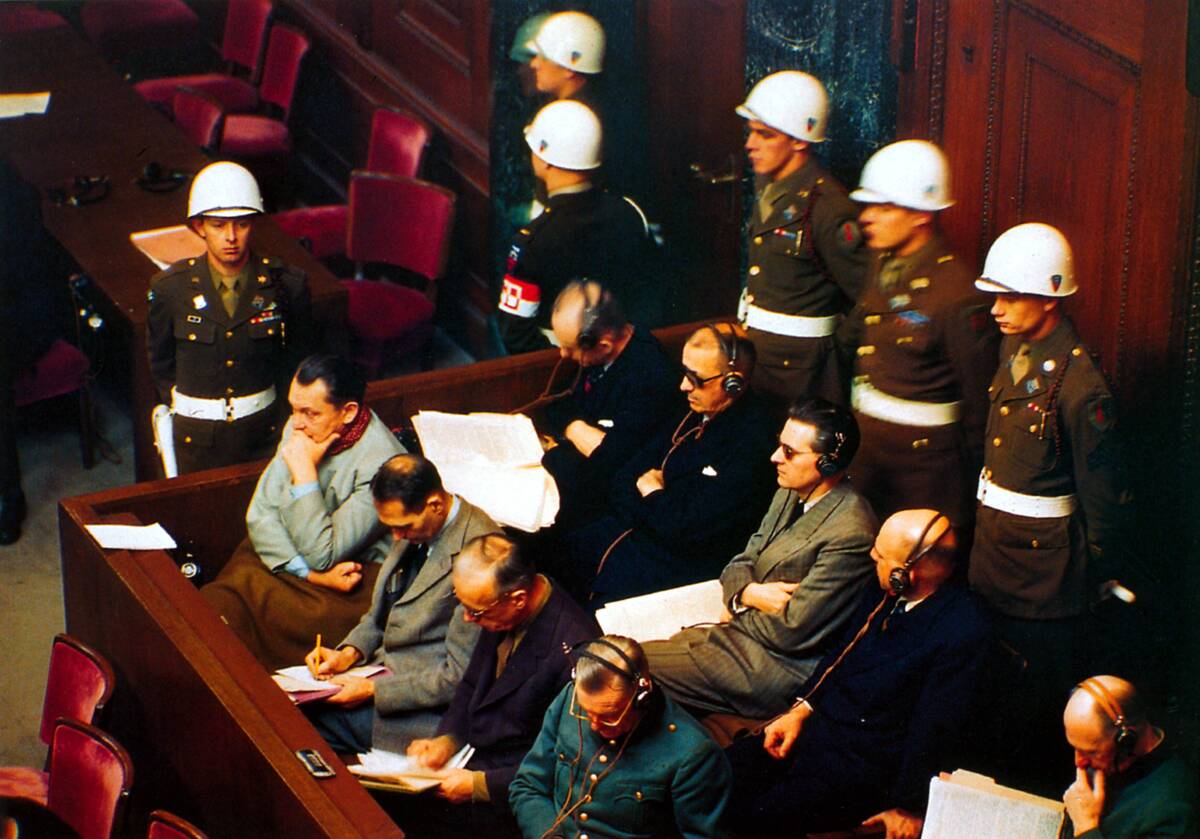
The Nuremberg Trials, held from 1945 to 1946, were a groundbreaking series of military tribunals. They were the first to hold individuals accountable for war crimes on an international stage.
High-ranking Nazi officials faced charges of crimes against humanity, war crimes, and genocide. The trials set important precedents for international law, establishing that individuals could be held culpable for their actions during war. They offered a measure of justice for the Holocaust’s victims and underscored the global commitment to preventing future atrocities.
The Birth of the United Nations
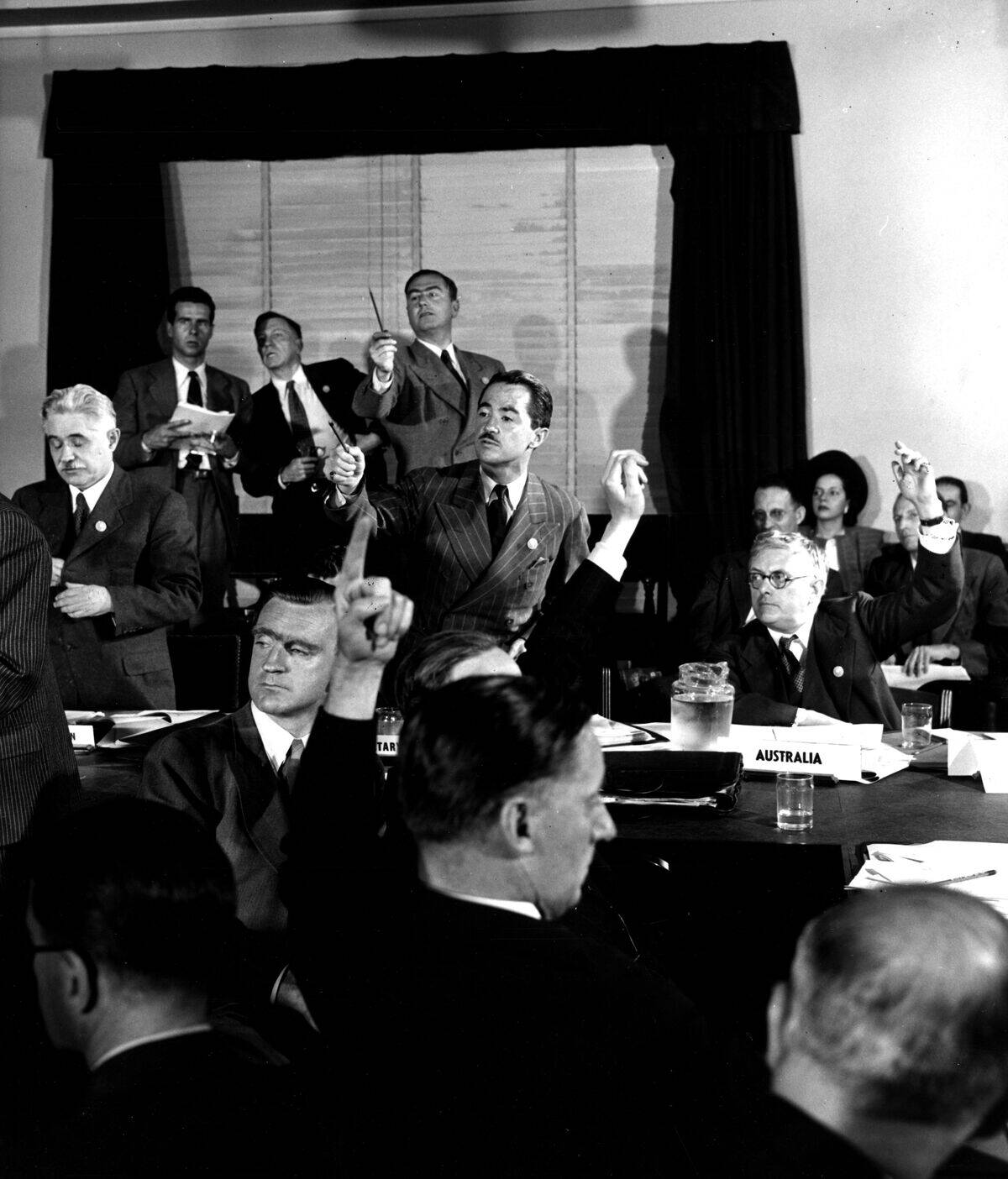
In the wake of World War II, the United Nations was established in 1945 to promote international cooperation and prevent future conflicts. Its formation was a direct response to the failures of the League of Nations and the desire to prevent another world war.
The United Nations Charter was signed by 50 countries, reflecting a global commitment to peace, security, and human rights. The organization aimed to provide a platform for dialogue and diplomacy, with the hope of fostering a more stable and cooperative world.
Soldiers Coming Home: Reintegrating into Society
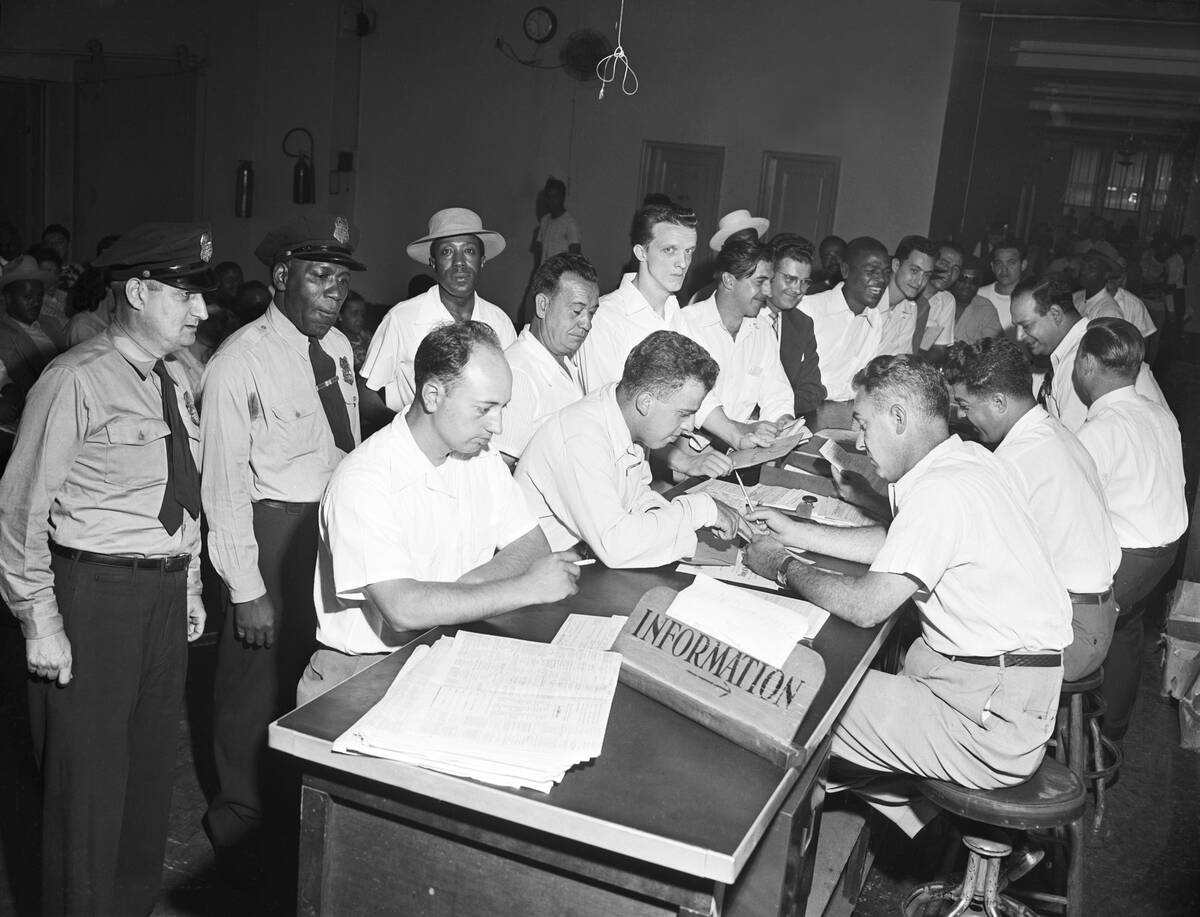
Returning soldiers faced the challenging transition from wartime service to civilian life. Many veterans struggled with physical and psychological wounds, while others found it difficult to adjust to a world that had changed in their absence.
Governments implemented programs to assist with reintegration, such as the GI Bill in the United States, which provided education and housing benefits. Communities rallied to support their veterans, recognizing the sacrifices made. The process was complex and ongoing, as society worked to honor and support those who served.



